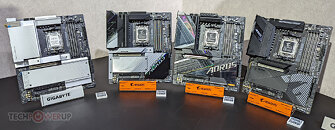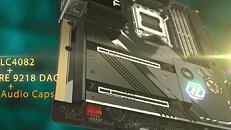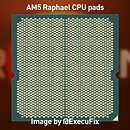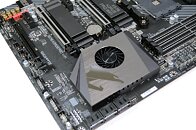
ASRock Announces X670 Motherboards, Radeon Graphics Cards, and Small Form Factor Cases
The long awaited AMD AM5 platform is finally debut! ASRock reveals a series of motherboard based on the revolutionary AMD X670 chipset including X670E Taichi, X670E Steel Legend for the high end and enthusiasts & X670E PRO RS for the mainstream. The new motherboards are equipped with many exciting features and new technology such as PCIe 5.0 & DDR5 capability, the insane IO capability including the support of Thunderbolt 4.0 has pushed the X670 platform even further into high end desktop category, ASRock went all out on the VRM design too, with total of 26 phases SPS Dr.MOS design on the X670E Taichi, it is the most powerful AM5 product ASRock can offer, and on top of that, there's a special edition motherboard X670E Taichi Carrara to celebrate the 20th birthday of ASRock!
ASRock also announces a selection of fascinating new motherboard such as B660/H610M-ITX/eDP, a whole new concept of customization by allowing an actual monitor panel can be mounted on the side of the computer chassis, ASRock is now working closely with chassis manufacture such as, Cooler Master, InWin, Thermaltake and Silver Stone to make this revolutionary concept happen, opens up countless possibility to personalizing your own PC. Also, the Z690 PG Riptide NFT Edition, a very first motherboard, was co-designed by thousands of people from the communities. Moreover, a high-end work station motherboard WRX80 Creator giving uncompromised performance for all kinds of content creation.
ASRock also announces a selection of fascinating new motherboard such as B660/H610M-ITX/eDP, a whole new concept of customization by allowing an actual monitor panel can be mounted on the side of the computer chassis, ASRock is now working closely with chassis manufacture such as, Cooler Master, InWin, Thermaltake and Silver Stone to make this revolutionary concept happen, opens up countless possibility to personalizing your own PC. Also, the Z690 PG Riptide NFT Edition, a very first motherboard, was co-designed by thousands of people from the communities. Moreover, a high-end work station motherboard WRX80 Creator giving uncompromised performance for all kinds of content creation.




























